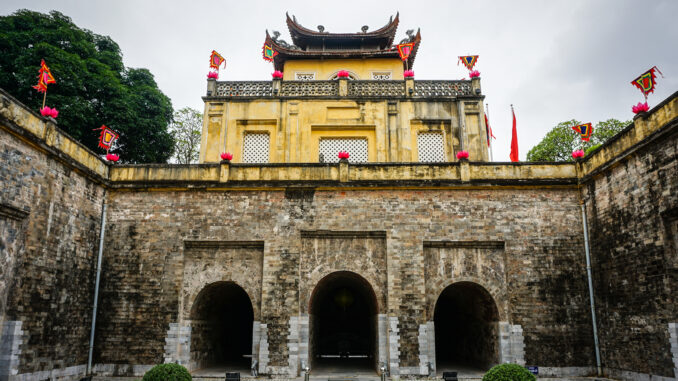
The Thang Long Imperial Citadel was built in the 11th century by the Ly Viet Dynasty, marking the independence of the Dai Viet. It was the center of regional political power for almost 13 centuries without interruption. The Imperial Citadel buildings and the remains in the Hoang Dieu Archaeological Site reflect a unique Southeast Asian culture specific to the lower Red River Valley, at the crossroads between influences coming from China in the north and the ancient Kingdom of Champa in the south.
Experiencing the Ly-Tran-Le-Nguyen dynasties, this place became a historical witness to the nation’s struggles to defend the country. At the same time, the capital is also a testament to the cultural continuity between dynasties.
Address, Opening time, and Ticket prices
– Address: No. 19C Hoang Dieu Street, Dien Bien Ward, Ba Dinh District, Hanoi City
– Opening time: 8:00 AM – 5:00 PM
– Ticket prices: For adults: $1.2/ ticket
For students and over 60-year people: $0.6/ ticket
Top destinations to visit
Hanoi Flagpole
Also known as Hanoi Monument, was built in the 19th century on the land of Tam Mon Citadel during the Le Dynasty in Thang Long Imperial Citadel. This is one of the first destinations on the tour to explore the Thang Long Imperial Citadel archaeological site.
The flagpole has a height of 60m, it consists of 3 levels and a wall of flowers and patterns surrounds each group. The flagpole is a symbol of the capital’s history of thousands of years of civilization and is also the pride of the Vietnamese people.
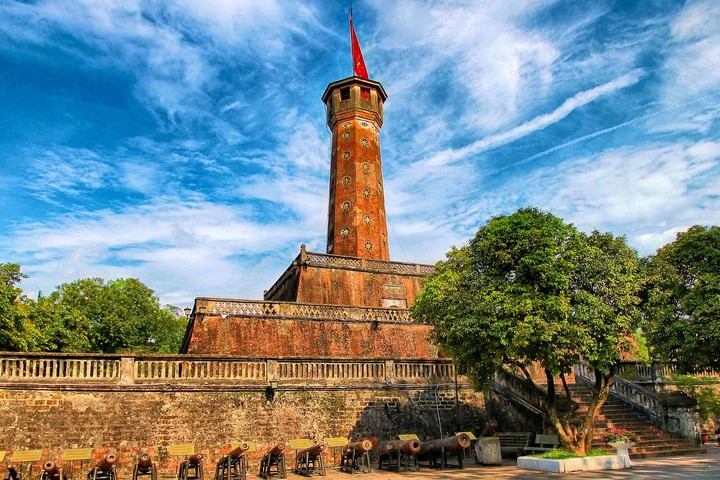
Cua Bac (North Gate)
During the Nguyen Dynasty, 5 city gates were built, one of which remains today is Cua Bac. Traces of time are still left on the surface of the door with two cannon marks fired by the French army.
Currently, Cua Bac is also a place of worship for Hoang Dieu and Nguyen Tri Phuong – two governors of the Nguyen Dynasty who sacrificed their lives to protect the citadel until the last moment.
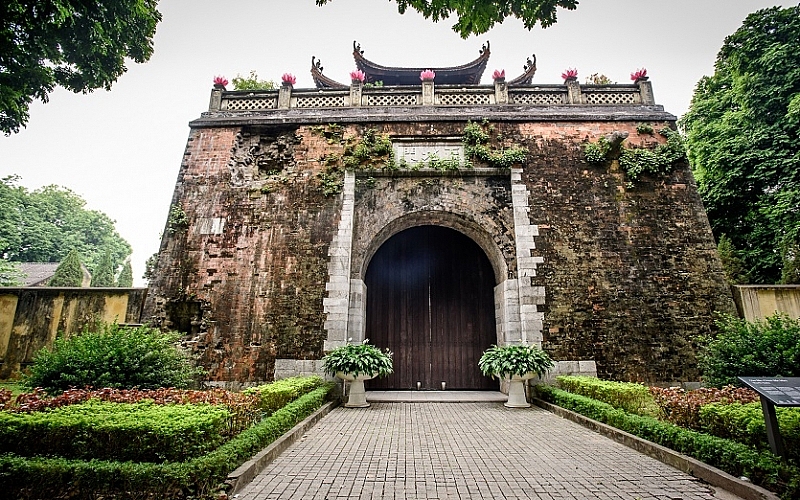
Kinh Thien Palace
Kinh Thien Palace is the center of the relic site. We can imagine the arrangement of floors from inside to outside in the following order: Kinh Thien Palace – Doan Mon – Hanoi Flagpole.
The most prominent feature of Kinh Thien Palace is the masterpieces of stone sculptures, typical of the Le So period. You can easily see a pair of flanking dragons exquisitely crafted on green stone with plump, soft curving bodies, heads held high, mouths holding pearls, and big round eyes.
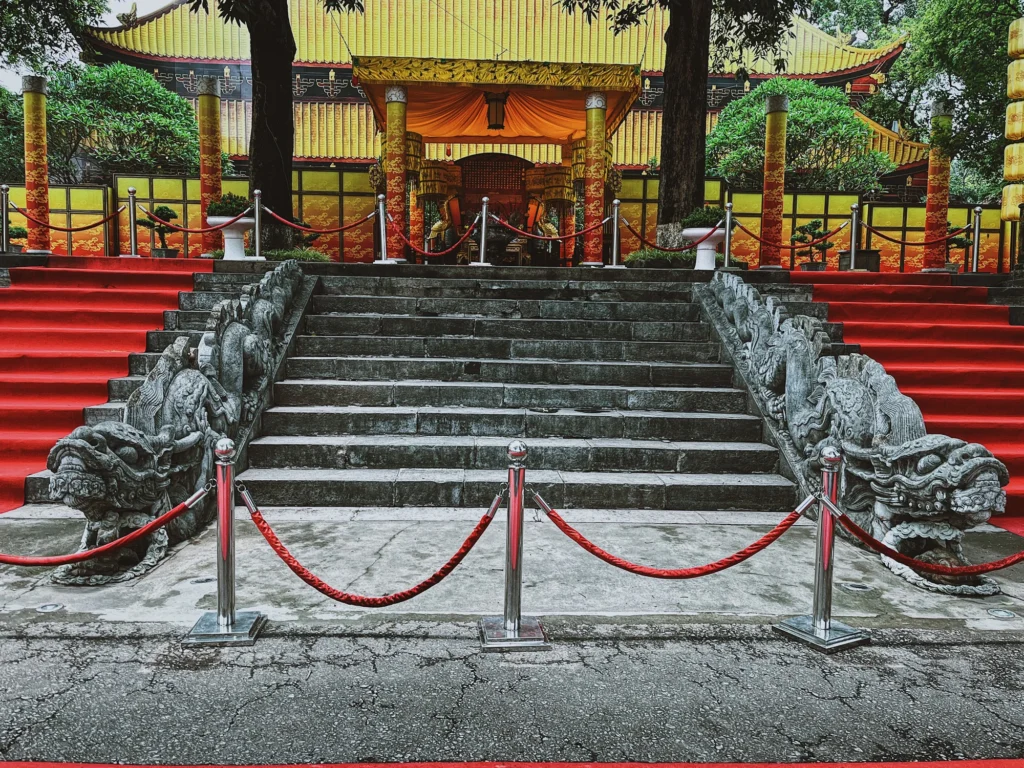
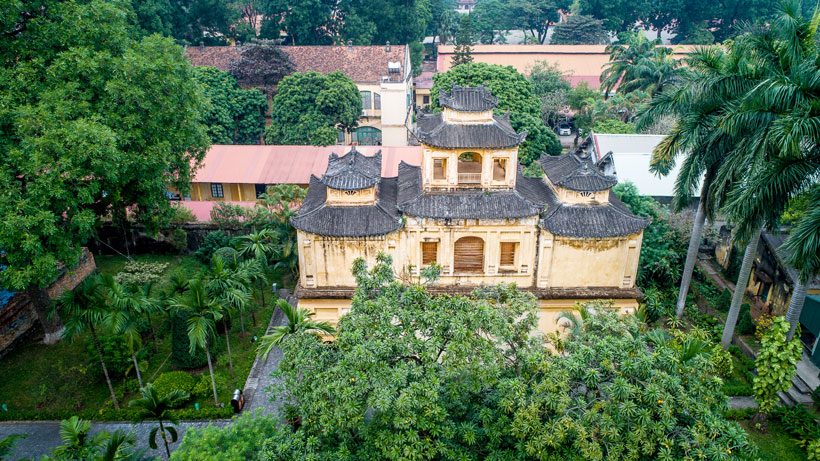
Hau Lau ( Hau Palace)
Hau Lau is also known by another name, Tinh Bac Place. This is a building located behind the architectural cluster of Kinh Thien Palace in Thang Long Imperial Citadel. With the purpose of preserving peace in the northern palace of Hanoi’s ancient citadel. This place was also the residence of the queen and princesses during the feudal period.
The building is painted yellow, has a tiled roof, and a total of 3 floors with a unique combination of East and West architecture. Thanks to being built in the south direction with thick walls, Tinh Bac Palace always remains airy and cool in the summer and warm in the winter. The top floor has large windows, making it easy to observe the surroundings, suitable for sightseeing.
D67 House
Compared to the relics of Thang Long Imperial Citadel, the D67 building area is considered the youngest when it was built in 1967. This was once the workplace of General Vo Nguyen Giap, General Van Tien Dung, and General Van Tien Dung. It is also the place where many important meetings of the Vietnamese Politburo took place.
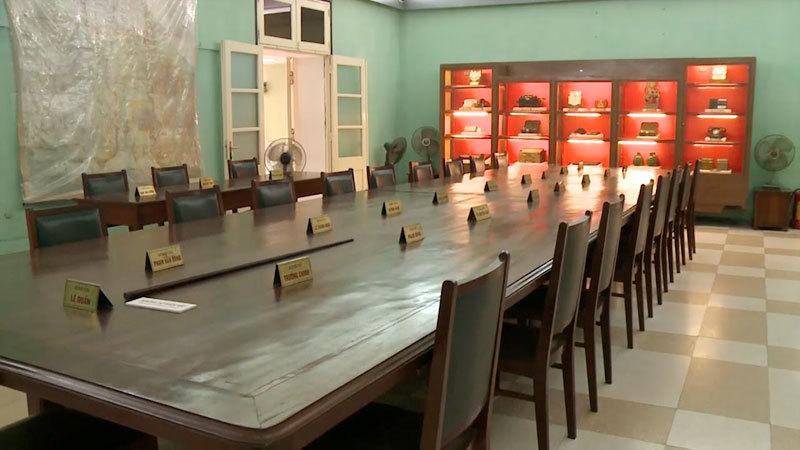
Conclusion
On July 31, 2010, Thang Long Imperial Citadel was recognized by UNESCO as a World Cultural Heritage.
Over the past 13 years, tourism activities at Thang Long Imperial Citadel have gradually been systematically invested, focusing on conservation and integrating cultural elements through diverse practical activities… helping tourists Guests not only admire rare antiques with their own eyes but also experience a space-rich in tradition and antiquity.
Thang Long Imperial Citadel is a must-see destination for those who want to learn about the nation’s history and culture. This relic is not only a place to preserve images of a special period in history but also a witness to the patriotism and determination to fight and protect the sovereignty of the previous generation.
Get an opportunity to visit World Heritage Sites in Vietnam through Vietnam E-Visa!